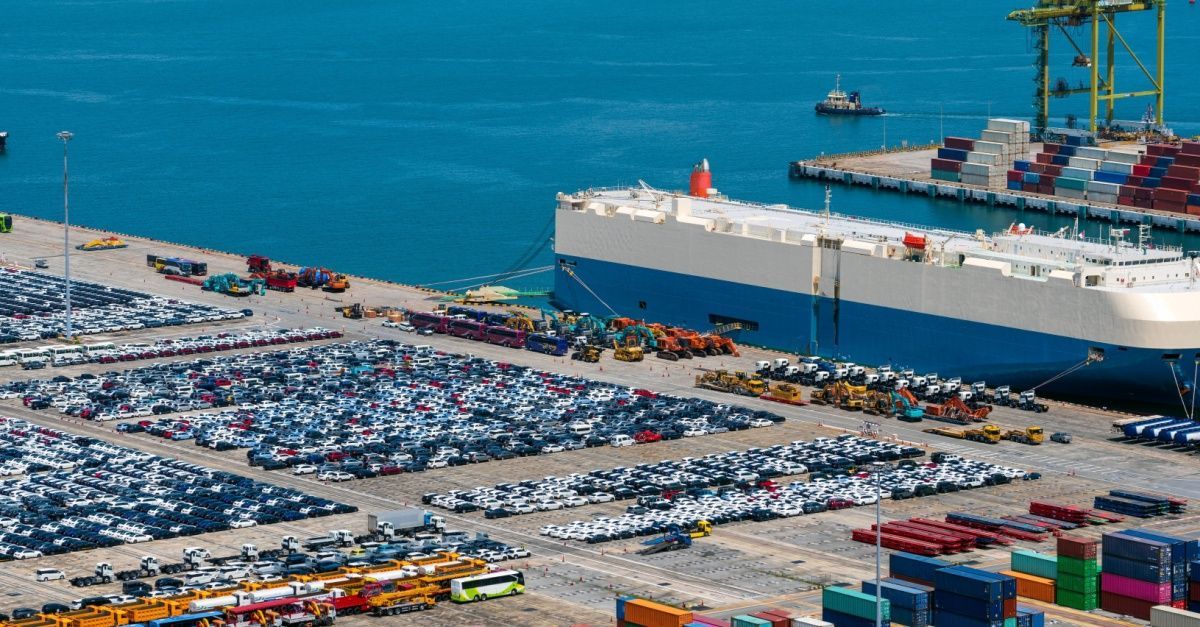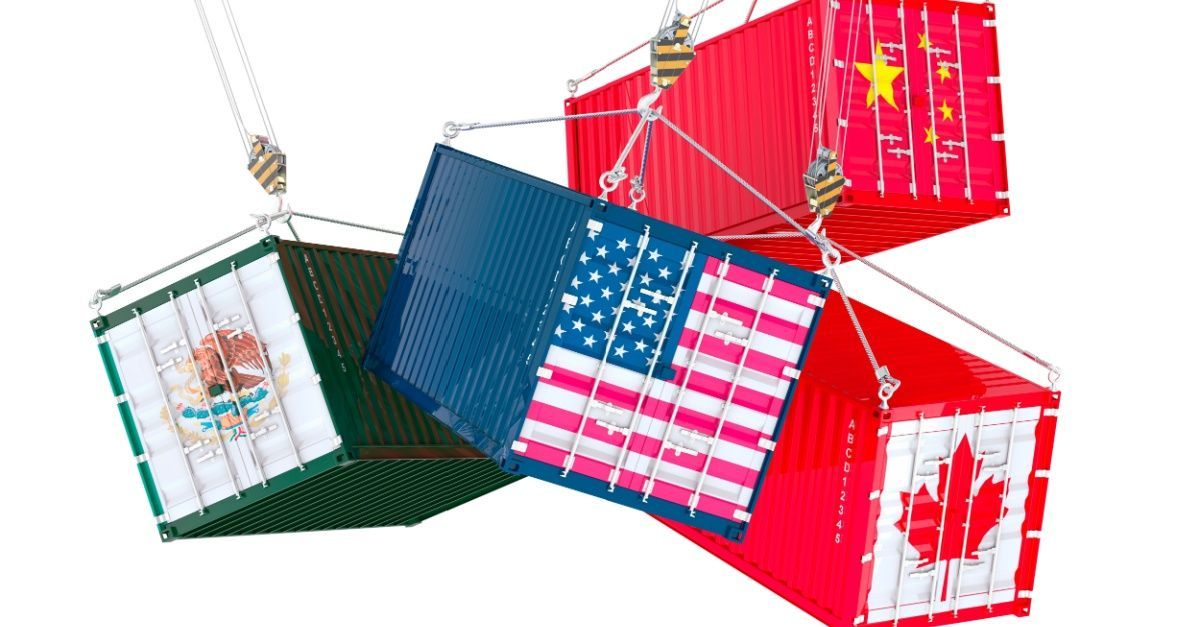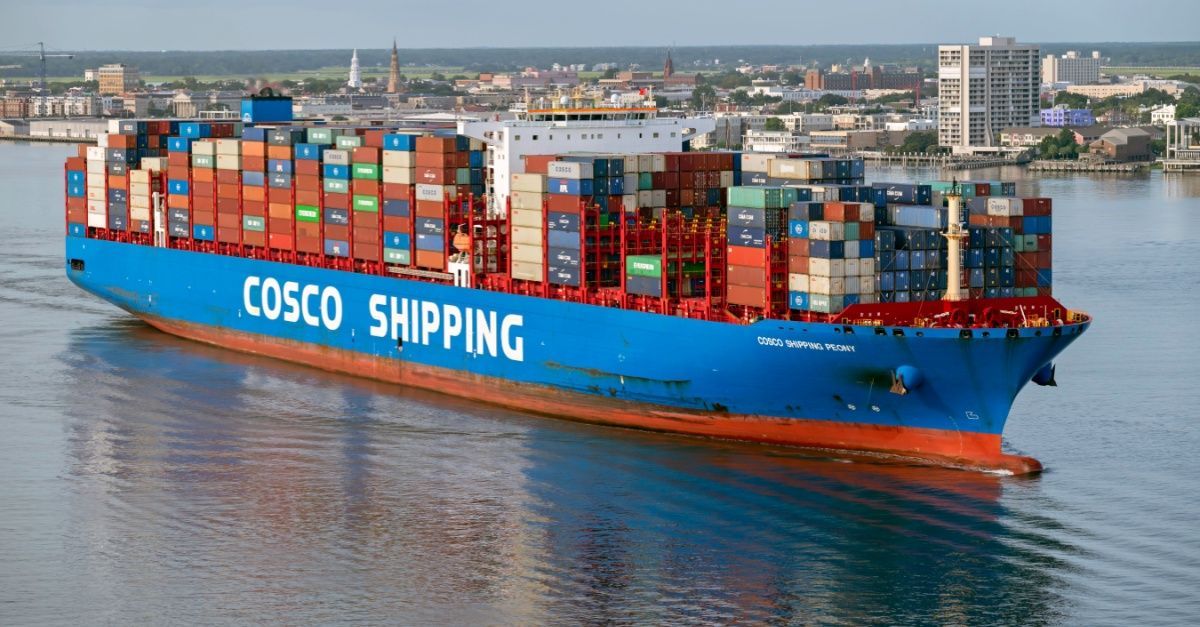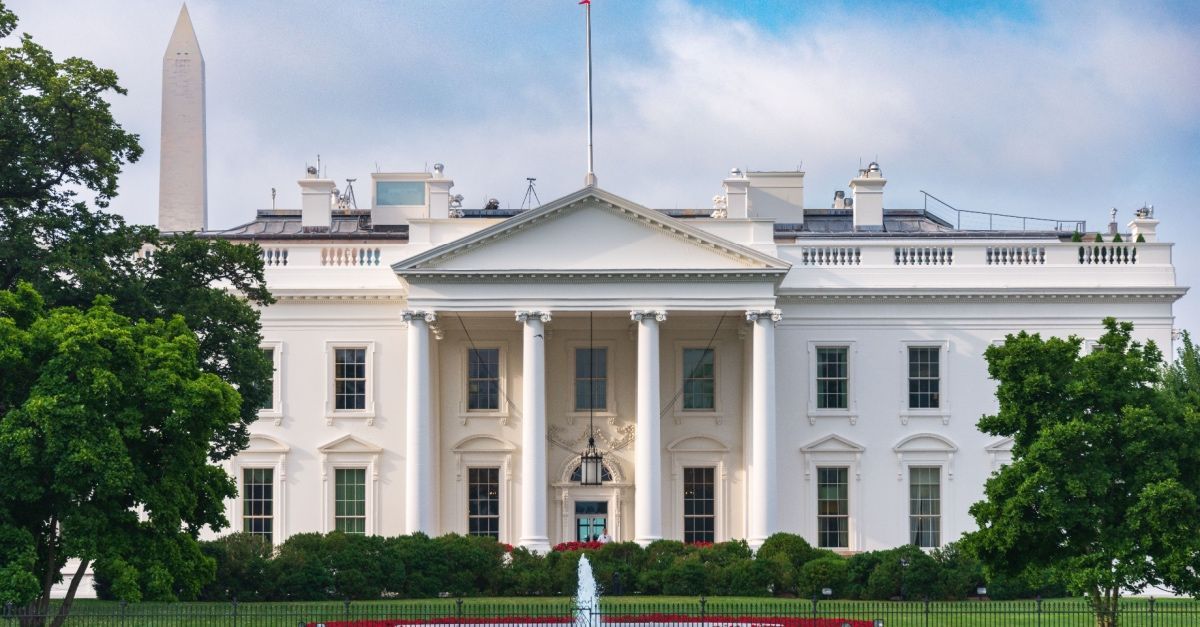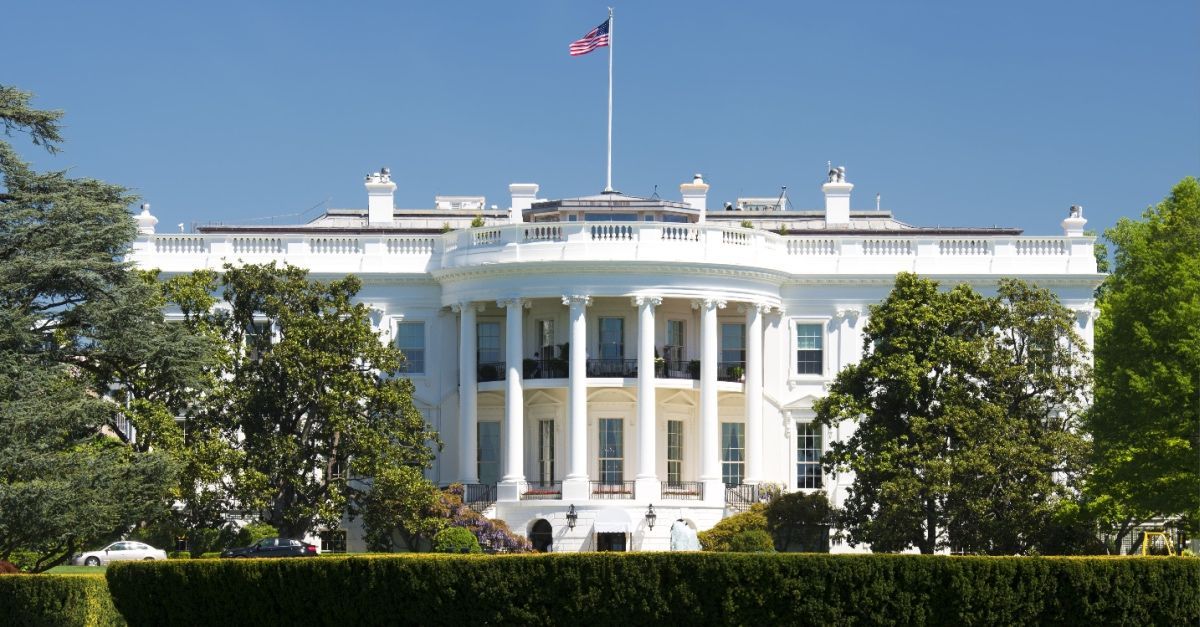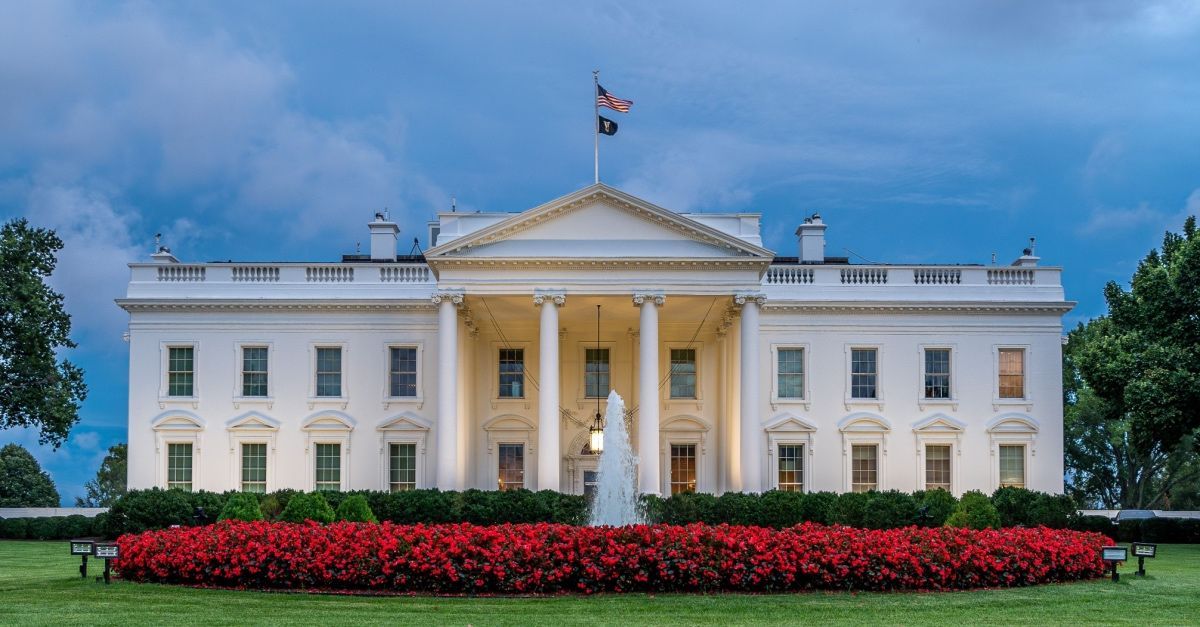President Trump Vows Trade Tariffs on China, Canada, and Mexico
Blog Post CTA
During his campaign, President Donald Trump made no secret of his intentions to bring manufacturing back to the U.S., including ending perceived trade disadvantages with key partners, including Canada, Mexico, and the European Union. The move has drawn mixed reactions from industry leaders and experts, but no one is certain how it will pan out.
In this newsletter, we review some of the
potential tariff plans and how the market is reacting. Continue reading to find out more.
Trump’s Tariff Plans Target Major Trade Partners and Raise Economic Concerns
Imports moving into the U.S. from neighbors Canada and Mexico could soon be subjected to 25% tariffs as Trump follows through on his plans to impose duties on key markets, including countries aligned with America’s interests. Trump will also impose an additional 10% tariff on China-based imports starting Feb. 1. This aligns with commitments made during his reelection campaign and inauguration, with the timeline for implementation clarified during a recent White House press briefing. Trump has said the tariffs are tied to fentanyl imports from China into Mexico and Canada.
However, the move is part of a broader strategy outlined in a recent memorandum. The memorandum tasks federal agencies with reviewing U.S. trade policy and suggesting potential actions by April 1. The decision could strain U.S. trade relations, particularly with China, Canada, and Mexico, and may result in retaliatory tariffs and other economic impacts, including reduced consumer spending power and potential legal issues for U.S. businesses abroad.
Shippers Strategize Trucking Costs Amid Uncertain Freight Market
Trucking contract negotiations are underway, but shippers and carriers are trying to navigate the process to ensure long-term success. U.S. shippers are balancing the desire to limit rate increases with the need to maintain reliable carrier partnerships. Spot rates have shown a modest uptick, but contract rates have remained flat for the most part due to lingering excess capacity in the market. However, shippers are wary of pushing too hard for rate reductions, fearing a potential loss of capacity when demand rises later in 2025.
Industry experts suggest rate increases will be modest during this cycle, with many shippers prioritizing stability over short-term savings. Surveys indicate that 70% of shippers anticipate
higher freight volumes, while 57% expect rate hikes this year. Some logistics managers are opting for moderate rate increases to maintain carrier relationships, particularly as tightening capacity is predicted to lead to higher costs in the second half of the year.
Conversely, carriers are under pressure to navigate these negotiations as they face increasing operational costs. While many shippers remain cautious, a shift in market conditions could see rates climb significantly by year’s end, potentially impacting the freight market’s recovery timeline.
Logistics Real Estate Primed for Growth Following US Election
Prologis, a major logistics real estate developer, anticipates an upswing in industrial rents later in 2025. This is driven by rising demand for leased space, including from third-party logistics providers. Following the presidential election, stalled decisions on new developments were unlocked, leading to a significant increase in leasing activity. Prologis set a record in the fourth quarter, leasing 60 million square feet of space.
The company reported an average occupancy rate of 95.8% in Q4 2024, with projections for stability of about 96% through 2025. While
industrial rents declined slightly last year, Prologis expects them to bottom out and begin climbing later this year, fueled by inventory needs and steady absorption of logistics space. E-commerce, electronics, food and beverage, and 3PLs have been key demand drivers.
Prologis has $5 billion and 30 million square feet of projects underway and continues to see strong investor interest in logistics, data centers, and energy-related facilities.
Shipping Routes and Freight Rates Face Shift Amid Red Sea Developments
Earlier this month, following the Gaza ceasefire, the Houthi militants pledged to stop attacks in the Red Sea and limit their attacks to Israeli-affiliated vessels. However, despite these promises, ocean carriers remain cautious about resuming Red Sea transits.
Major carriers, including Hapag-Lloyd and Maersk, are calling for more secure waters and have reiterated their commitment to resuming Red Sea operations only when the area is deemed safe. The ongoing conflict, which began affecting shipping in late 2023, forced vessels to divert around the Cape of Good Hope, removing substantial capacity from the market. This shift led to higher freight rates as capacity tightened.
A return to
Red Sea routes could significantly impact global shipping dynamics. Analysts predict falling spot rates and potential overcapacity challenges. Carriers have suggested increased scrapping and capacity management to address the risks. However, experts warn that the market may still experience turbulence, with rates likely to fall sharply before stabilizing.
US Considers Ending Duty-Free Rule for Certain Low-Value Imports
Prior to the end of the Biden administration, U.S. Customs and Border Protection (CBP) proposed changes to rules governing low-value imports, especially targeting goods subject to tariffs or national security restrictions. If the Trump administration implements the changes, it will end duty-free entry for products valued under $800, subject to Section 301 tariffs, including many Chinese imports like textiles, appliances, and steel.
The move could potentially
increase consumer costs and dampen demand, although experts predict Chinese e-commerce firms will adapt swiftly through strategies like consolidating shipments or establishing fulfillment centers in North America. Under the current system, the de minimis exemption allows low-value imports to bypass duties and some reporting requirements. However, the CBP argues the exemption has been exploited, contributing to surging imports, counterfeit goods, and even fentanyl smuggling.
Proponents of the change, including U.S. textile groups, claim the loophole harms domestic industries by allowing subsidized foreign goods to undercut U.S. manufacturers. If finalized, the new rules could raise prices for certain low-cost imports by 20-35% and lengthen delivery times slightly. Consumers and businesses have 60 days to provide feedback on the proposal.
Tariff Threats on Canada and Mexico Pose Broad Trade Challenges for US Industries
President Trump’s threat to impose 25% tariffs on goods from Canada and Mexico has raised concerns across several key industries, including chemicals, energy, and transportation. While much attention has been focused on the auto sector, broader implications extend to essential goods like chlorine for water treatment, lumber, and critical minerals vital for electric vehicle production.
Canada is the top U.S. trade partner for chemicals, and billions of dollars of cross-border trade rely on railroads for transport. Analysts warn that tariffs could disrupt supply chains, inflate prices, and strain the close economic ties facilitated by agreements such as the USMCA. Meanwhile, shippers are preparing for the potential ripple effects, ranging from increased consumer costs to retaliatory tariffs.
Concerns are particularly acute in
sectors like apparel, where tariffs could substantially increase the cost of goods like denim, and energy, with Canada being a key supplier of crude oil and natural gas. While trade policies are still under review, industries reliant on North American partnerships are bracing for significant challenges if tariffs are enacted.
China’s Dominance in Global Shipping and Shipbuilding Threatens US Competitiveness and Security
A recent U.S. investigation into China’s trade practices has revealed a concerted effort by the country to dominate the global ocean shipping and shipbuilding markets. While this is acceptable if done through the right channels, the investigation also revealed that the Chinese government is utilizing unfair tactics.
The probe, initiated in April 2024, highlighted that
China’s market share in shipbuilding surged from less than 5% in 1999 to more than 50% by 2023. China also pushed its ownership of the commercial world fleet to over 19% as of January 2024.
According to the report, government policies that unfairly depress costs or provide advantages enabled the targeting. In a broader sense, the move has severely disadvantaged U.S. companies, workers, and the U.S. economy by lessening competition and commercial opportunities and creating economic security risks from dependencies and vulnerabilities.
Navigate the Freight Market with Entourage Freight Solutions
Entourage Freight Solutions has an extensive background and expertise in food service logistics. The company’s unique strategy, honed in the food supply chain, ensures an unmatched service level and extreme attention to detail in meeting all our shippers’ needs.
EFS platforms leverage the latest cloud-based, GPS-enabled technologies. They can track drivers regardless of location, continuously reroute shipments based on the dynamics at play, such as weather or traffic, and account for real-time changes in market rates. At Entourage Freight Solutions, we offer a broad range of unsurpassed services. These include:
1.
Full Truck Load (FTL): For shipments requiring a dedicated whole truckload.
2. Less than truckload (LTL): For companies moving multiple LTL shipments to different locations or consolidating LTL goods from other companies to get a lower all-in rate.
3. Refrigerated Trucking or “Reefer” Transportation: Leveraged to avoid spoilage and damage to temperature-sensitive goods.
4. Cross-Docking: We have locations in Shelby, Ohio, Cedar Rapids, Iowa, and Romulus, Michigan, which serve as cross-docks for strategic consolidation, storage, and end-to-end distribution programs.
Request a quote today to see how Entourage Freight Solutions can help with your freight movement and other supply chain needs.

